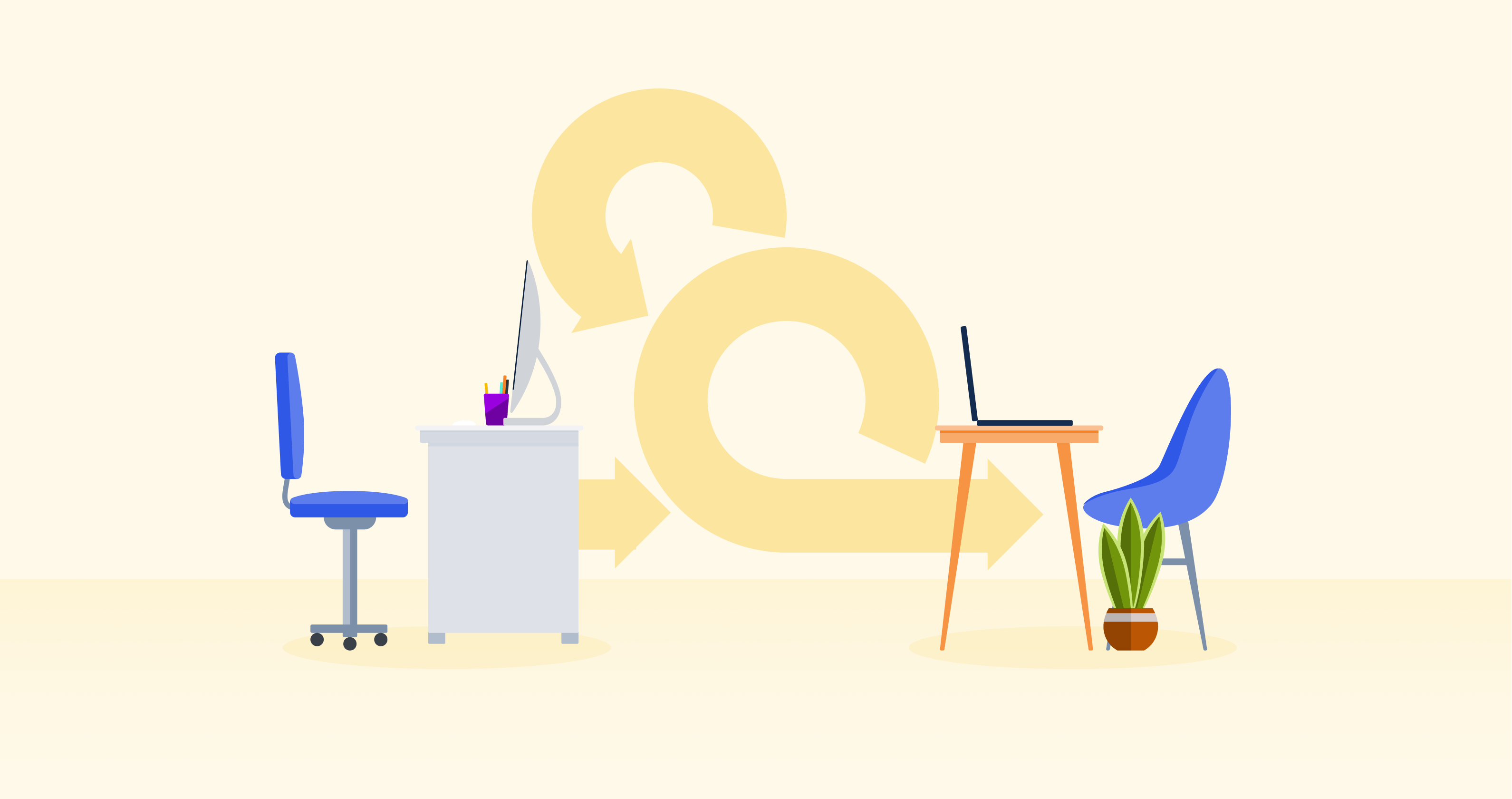
There is no denying that agile work practices have empowered organizations to be more robust in response to pandemic-induced crises.
As the pandemic took hold, agile companies have been uniquely positioned. These companies are built to move fast, adapt and overcome. While others were caught off guard, they tackled challenges head-on. This is all the more true when it comes to operational performance and customer satisfaction. As 93% of the organizations believe that their agile business units performed "significantly better" or "better" in response to the challenges posed by COVID-19.
As economies open up and companies start preparing for the new normal, non-agile businesses must decide how to adopt these new practices if they are to remain operational. Now, organizations that want clarity of purpose and faster decision-making need to shift toward an agile work environment ASAP.
The trouble is that a full agile transformation requires adequate time, effort, and resources with appropriate allocation. At the same time, it is also important to have the right tools and technologies, as well as the resilience, to adapt to any unforeseen challenges.
Over the past decade, the 'death' of the traditional work model has been forecast ad nauseam. In its place, a new ‘agile’ approach has risen to take its place. It is a dynamic, new workplace powered by technological advancements allows employees to stay unnoted, collaborative, and productive.
However, employees often find themselves juggling multiple projects. As a result, productivity targets can be challenging to achieve. It is challenging for managers to transform the workplace and foster a productive, communicative, and positive work environment.
Office environments have to become more flexible—agile, even. Now, these environments must empower employees to find their own path to productivity. Give them access to different types of desks and spaces depending on the complexity of their tasks and to promote collaboration, etc.
In the same vein, many companies have brought in technology-support staff to help the workforce move around the office and work efficiently. While this work style arrangement primarily focuses on the office environment. It provides employees the autonomy and skills to work in a way that's conducive to optimal productivity, no matter the work location.
The COVID-19 outbreak has propelled the need for all businesses to weather unforeseen and significant disruptions. Resilient companies have survived. While others simply couldn't continue.
What describes these organizations? What makes them resilient? And how can companies remain flat, fast, and resilient? The answer: agility.
The adoption of agile work environment practices varies across different organizations. The rapid shift came naturally for many companies already embracing the agile workplace. While others found themselves caught off guard. Many scrambled to implement a myriad of new processes and systems to ensure a smooth transition.
Rolling lockdowns confined employees to their homes across the globe. Meanwhile, accompanying capacity restrictions, and protection of employee's well-being and safety it became impossible for many to have staff remain in the workplace.
As a result, the scope and landscape of 'agile' has grown exponentially. To be truly agile, you must be able to work no matter where employees are located.
Therefore, it is critical to the survival of businesses to make sure that their employees could still work and be productive in order to minimize financial losses and sustain through the economic impact of COVID-19.
The 'agile' office is no longer confined to the workplace. Now, it must enable flexible working for all the employees.
Although the terms 'agile' and 'flexible' are frequently interchanged, there is a difference between the two styles.
Flexible work arrangement encompasses work done either in or outside of the physical building. At the same time, agile working is all about what happens within the confines of an office.
Adopting an agile work environment approach means allowing the employees to dictate how they can get their work done best.
For this approach to be successful, the organization must create an agile work culture, which can include capabilities such as:
For companies that want to perform adequately amidst the COVID-19, technology is the primary consideration to operate effectively. It's a facilitator — the first and the most basic requirement to empower your agile workforce.
This, in turn, will enable employees to be productive regardless of their circumstances and the location. An increased focus on schedule flexibility creates a conducive work environment where employees fulfil their duties at their own pace. Rather than worrying about arbitrary office hours.
This has renewed the focus on cloud-based systems such as Sine that provide organizations with the versatility that they need to manage a workplace as well as a remote workforce.